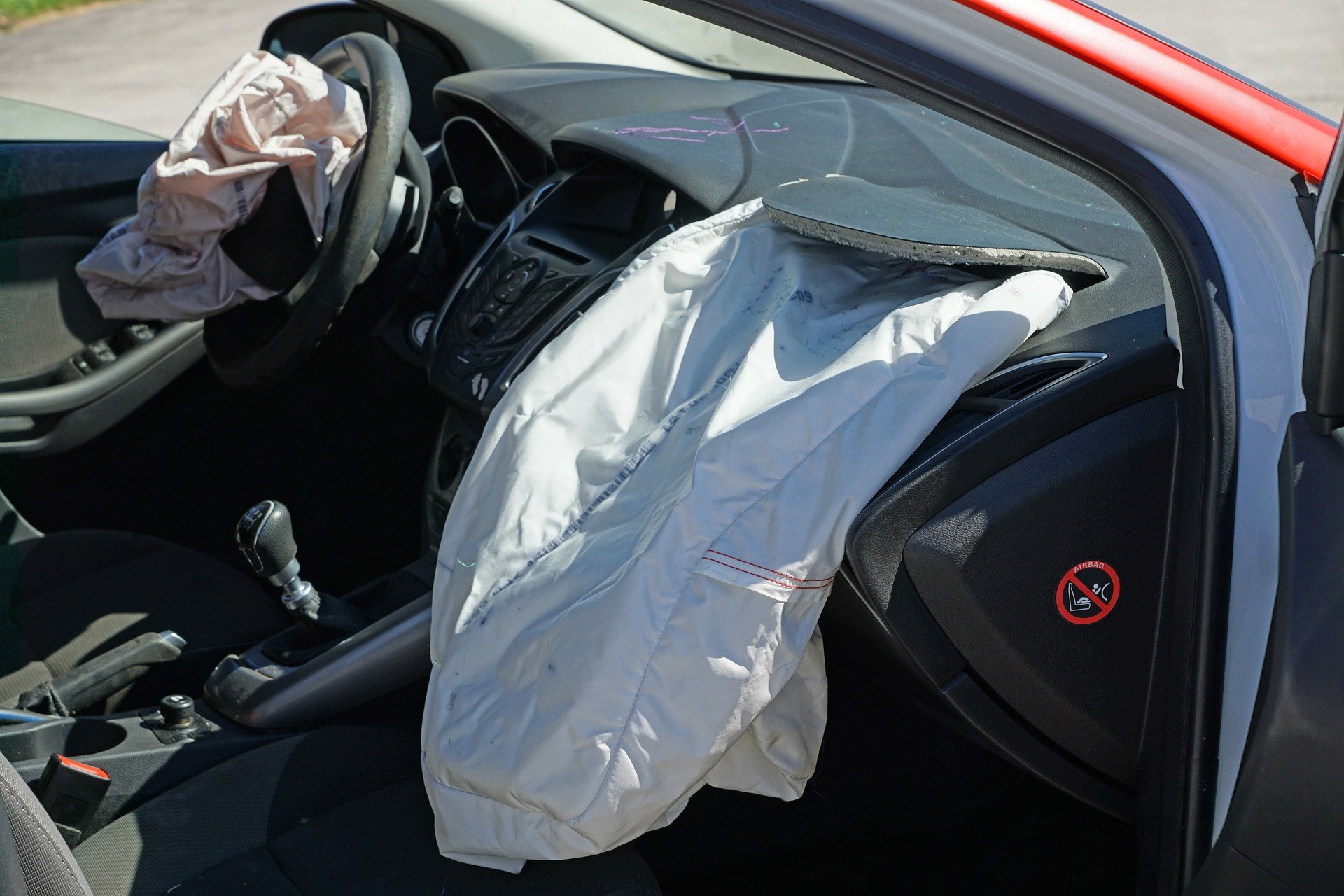Everyone has their own idea of a “dream car” – whether you are looking for a sports car, a minivan to transport your kids, or a truck to haul your work equipment and your kayaks. We look at color, we look at gas mileage and we look at functionality – but we may be missing the most important aspect of purchasing a vehicle – car safety ratings.
While all late model vehicles come equipped with a full complement of safety equipment, not all provide the same level of protection in a car accident. Car safety ratings are easily accessible when consumers want to make educated decisions when purchasing a new vehicle.
What Factors are Considered in Car Safety Ratings?
- Accident Avoidance: This feature deals with a vehicle’s overall capability to avoid a crash. Avoidance systems are actually comprised of several different components, such as emergency handling and braking.
- Airbags: Airbags deploy automatically when the vehicle is involved in a crash. The airbag acts as a buffer between our body and the interior of the vehicle. Airbags significantly reduce the probability of serious injuries and death. Cars and trucks with the best safety ratings typically offer curtain, front, knee, and side airbags.
- Anti-Lock Brakes: The anti-lock braking system keeps the wheel from freezing up as the motorist presses on the brakes. The system maintains proper traction and prevents the vehicle from skidding instead of stopping. An anti-lock braking system is more beneficial in snow and ice, but can also help on Florida’s slick roads during a heavy rainstorm.
- Electronic Stability Control: This system permits the driver to maintain control of the vehicle if they must unexpectedly swerve to avoid an accident or object in the road.
- Rollover Resistance: Vehicles with a higher profile (such as SUVs, minivans, and pickup trucks) are more likely to tip over. The National Highway Traffic Safety Administration (NHTSA) will not approve a good safety rating if a vehicle’s inside tires lift off the ground.
- Roof Strength and Integrity: The Insurance Institute for Highway Safety (IIHS) also puts roof strength to the test in order to determine how they fare when the vehicle rolls over. If the roof caves in, serious head and neck injuries are possible.
- Seat Belts: According to studies conducted by the NHTSA, half of those killed annually in car accidents were not wearing seat belts. Testing evaluates the effectiveness of seat belts when a car traveling at average speed collides with another vehicle or object.
Multiple Types of Accidents are Considered
Car safety ratings are given as a result of multiple highly controlled crash scenarios, including:
- Head-on collisions
- Read-end crashes
- Rollover accidents
- Side-impact crashes
Car safety ratings are given on a five-star ratings scale. Vehicles receiving the most stars (highest ratings) are less likely to result in serious injuries. The agency rates vehicles as either poor, marginal, acceptable, or good.
Why Car Safety Ratings Matter
These ratings allow consumers to make smart decisions about the safety of themselves and their family. Of course, we want to make sure everyone is safe, but you may also benefit in other ways, including getting a break on car insurance rates if you buy a highly rated automobile or truck.
If you have been involved in a car accident in the Sarasota, Tampa or Orlando area, call the attorneys at Probinsky and Associates. We can help you to get the compensation you deserve for both personal injury and vehicle damage.








